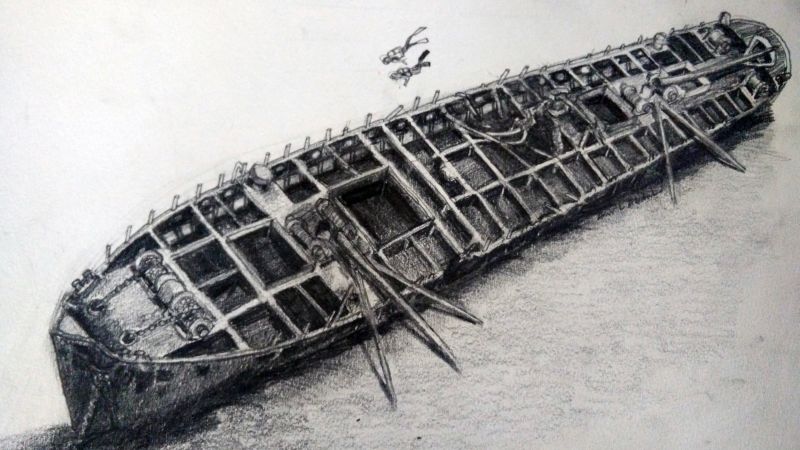Exploring Shipwrecks in Southeast Asia
Shipwrecks offer a captivating glimpse into history while providing a rich habitat for marine life. In Southeast Asia, various wrecks tell stories of maritime adventure, tragedy, and the marine ecosystems they now support. Below, we explore some notable shipwrecks in the region.
The Australian Wreck
The Australian Wreck, a Dutch Navy ship, tragically struck a Japanese mine in 1944 while en route to Manila from Java. Today, this underwater site offers divers a unique experience, surrounded by a plethora of marine life.

Commercial Vessel Wreck
This relatively recent shipwreck occurred when a commercial vessel encountered a storm while approaching Lawas, Malaysia. After hitting the Pelong Rocks off the coast of Brunei, it sunk to a depth of just 23 meters, making it easily accessible for divers. Consequently, this site is popular for spotting groupers and puffer fish.

Unknown Barge
This intriguing barge, believed to have sunk during the 1990s, is now home to an array of colorful coral and diverse fish species. While its precise history remains a mystery, it serves as an essential habitat for marine biodiversity.

USS Salute Minesweeper
This World War II wreck of the USS Salute Minesweeper is renowned for its picturesque underwater scenery. The vessel met its fate by hitting a mine in 1945, just a mile away from the Australian Wreck. Today, divers can observe schools of Yellowtails, Jackfish, and Barracudas around the ship’s remains.

Conclusion
Exploring these shipwrecks provides not only a thrilling diving experience but also insight into the region’s maritime history. Divers and marine enthusiasts can appreciate the delicate ecosystems that flourish in these underwater sites, contributing to the broader biodiversity of Southeast Asia.




